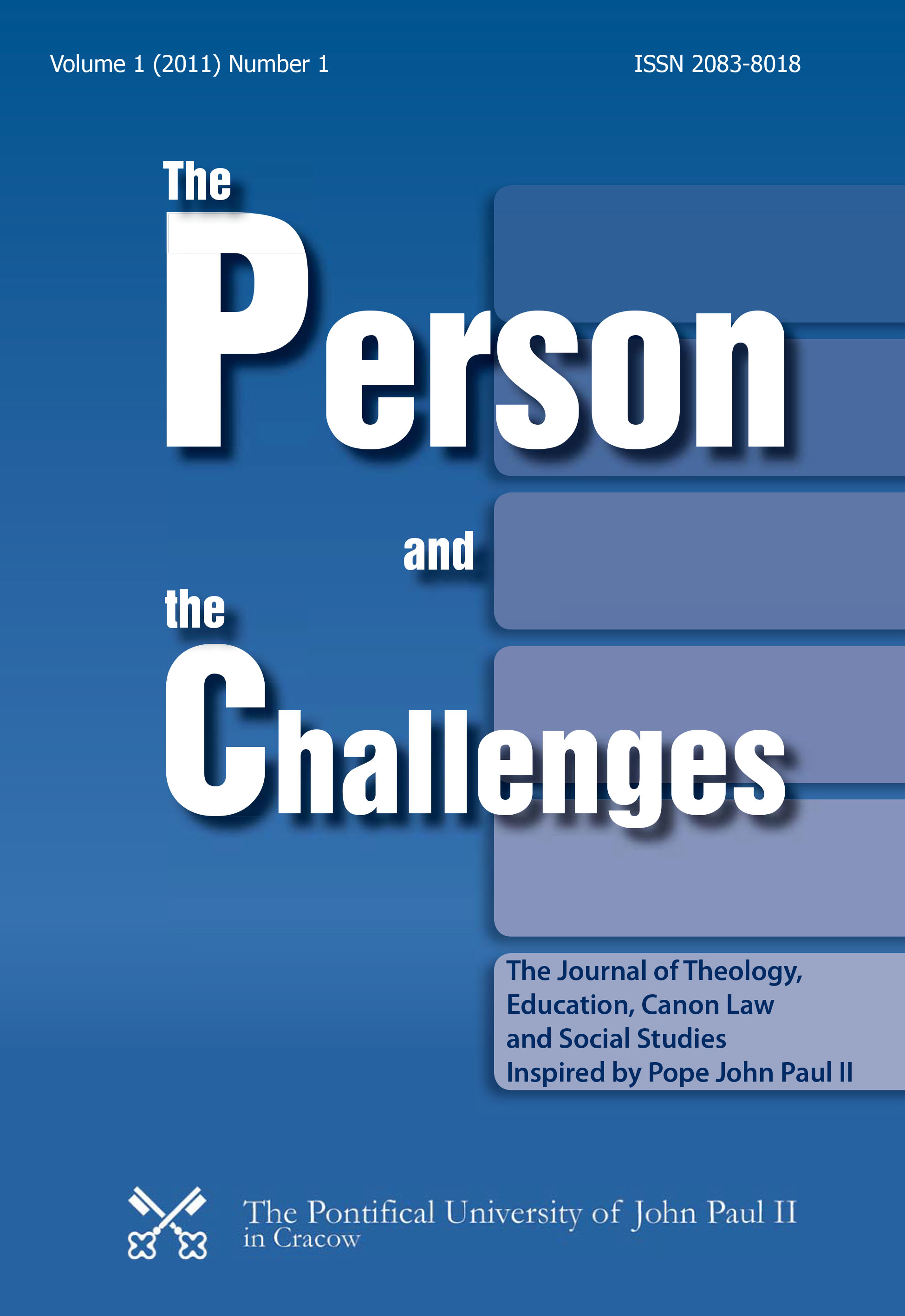Rituals’ Narrative Logics
DOI:
https://doi.org/10.15633/pch.835Słowa kluczowe:
anamnesis, commemoration, ritual, commemoration rituals, anamnetic solidarityAbstrakt
This article focuses on a double identity of rituals: the origin and main structure of rituals is narrative, and they represent a particular logic which aims at establishing a different quality of life. The narrative structure coincides with a typical characteristic of the human mind: the commemoration of striking dramatic or liberating events. Hence the ongoing concern to remember; the anamnesis intends to prevent that what among people never should be forgotten remains present in the individual and collective memory. Rituals are the most powerful means to keep memory alive. The coincidence of the faithfulness to a living tradition and the authentic commitment to present human concerns guarantees that the ritual anamnesis introduces qualitative change among the people involved.
Bibliografia
Chibuku P.C., Structures of Rituals: Rules and Creativity, in: P. De Mey, J. Haers,
J. Lamberts (eds.), The Mission to Proclaim and to Celebrate Christian Existence, Leuven 2005, Peeters, p. 292-306.
Hervieu-Léger D., La religion pour mémoire, Paris 1993.
Hervieu-Léger D., Le pèlerin et le converti. La religion en mouvement, Paris 1999.
Isambert F-A., Rite et ef fi cacité symbolique: essai d’anthropologie sociologique, Paris 1979.
Kabasele Lumbala F., L’être humain et les rites, in: P. De Mey, J. Haers, J. Lamberts (eds.), The Mission to Proclaim and to Celebrate Christian Existence, Leuven 2005, Peeters, p. 274-291.
Lombaerts H., La symbolisation religieuse dans une messe de jeunes, “Lumen Vitae” 35 (1980), p. 93-118.
Lombaerts H., Rituals’ Narrative Logics, in: P. De Mey, J. Haers, J. Lamberts (eds.), The Mission to Proclaim and to Celebrate Christian Existence, Leuven 2005, Peeters, p. 307-319.
Metz J.B., Anamnetische Vernunft. Anmerkungen eines Theologen zur Krise der Geisteswissenschaften, in: Axel Honnet, T. McCarthy, C. Offe, A. Wellmer (eds.), Zwischenbetrachtungen im Prozess der Aufklärung, Frankfurt/M. 1989, p. 733-738.
Metz J.B., Zur Theologie der Welt, Mainz/München 1968.
Taubald B., Anamnetische Vernunft. Untersuchungen zu einem Begriff der neuen Politische Theologie, Münster/Hamburg/London 2001, LIT.
Vergote A., L’existence symbolique, in: Ibid., Explorations de l’espace théologique, Leuven 1990, Peeters, p. 427-550.
Voyé L., Célébrations et mode de lien social, in: P. De Mey, J. Haers, J. Lamberts (eds.), The Mission to Proclaim and to Celebrate Christian Existence, Leuven 2005, Peeters, p. 200-216.
Pobrania
Opublikowane
Numer
Dział
Licencja
Prawa autorskie (c) 2015 Herman Lombaerts

Utwór dostępny jest na licencji Creative Commons Uznanie autorstwa 4.0 Międzynarodowe.
Autorzy publikujący w czasopiśmie udzielają jego wydawcy zgody o następującej treści:
- Autor zachowuje autorskie prawa majątkowe do utworu, a jednocześnie udziela wydawcy czasopisma zgody na jego pierwszą publikację w wersji drukowanej i wersji online na licencji Creative Commons Uznanie autorstwa 4.0 Międzynarodowe oraz zgody na wykonywanie opracowań, w tym przekładów.
- Autor ma możliwość udzielania zgody niewyłącznej na opublikowanie utworu w wersji, która ukazała się w czasopiśmie (np. zamieszczenia go w repozytorium instytucjonalnym lub opublikowania w książce), wraz z informacją o jego pierwszej publikacji w czasopiśmie.
- Autor może umieścić swój utwór online (np. w repozytorium instytucjonalnym lub na swojej stronie internetowej) jeszcze przed zgłoszeniem utworu do czasopisma.

